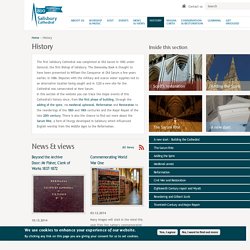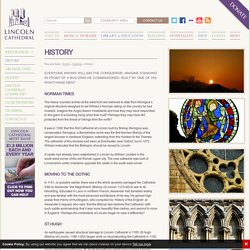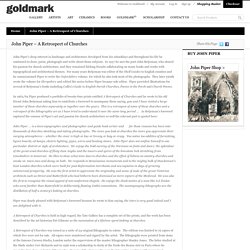

Rouen Cathedral - Rouen, France. Claude Oscar Monet Biography. Claude Monet also known as Oscar-Claude Monet or Claude Oscar Monet (November 14, 1840 – December 5, 1926) was a founder of French impressionist painting, and the most consistent and prolific practitioner of the movement's philosophy of expressing one's perceptions before nature, especially as applied to plein-air landscape painting.

The term Impressionism is derived from the title of his painting Impression, Sunrise. Claude Monet was born on November 14, 1840 on the fifth floor of 45 rue Laffitte, in the ninth arrondissement of Paris. He was the second son of Claude-Adolphe and Louise-Justine Aubrée Monet, both of them second-generation Parisians. On May 20, 1841, he was baptized into the local church parish, Notre-Dame-de-Lorette as Oscar-Claude.
In 1845, his family moved to Le Havre in Normandy. On the first of April 1851, Monet entered the Le Havre secondary school of the arts. On 28 January 1857 his mother died. Gothic Art And Architecture. Salisbury Cathedral. The first Salisbury Cathedral was completed at Old Sarum in 1092 under Osmund, the first Bishop of Salisbury.

The Domesday Book is thought to have been presented to William the Conqueror at Old Sarum a few years earlier, in 1086. Disputes with the military and scarce water supplies led to an alternative location being sought and in 1220 a new site for the Cathedral was consecrated at New Sarum. Gothic architecture: an introduction. East end of Salisbury Cathedral.Forget the association of the word "Gothic" to dark, haunted houses, Wuthering Heights, or ghostly pale people wearing black nail polish and ripped fishnets.

The original Gothic style was actually developed to bring sunshine into people's lives, and especially into their churches. Gothic Art. History - British History in depth: The Cathedrals of Britain. History - Lincoln Cathedral. You are here: Home » Building » History Everyone knows William the Conqueror; imagine standing in front of a building he commissioned, built by one of his right-hand men?

Norman Times The heavy rounded arches at the west front are believed to date from Remigius’s original structure designed to set William’s Norman stamp on the country he had invaded. Imagine the Anglo-Saxon inhabitants and how they may have responded to this giant of a building rising amid their huts? Perhaps they may have felt protected from the threat of Vikings from the north? It was in 1092 that this first Cathedral at Lincoln built by Bishop Remigius was consecrated. A castle had already been established in Lincoln by William, located in the south-west corner of the old Roman upper city. Moving to the Gothic In 1141, or possibly earlier, there was a fire which severely damaged the Cathedral. St Hugh An earthquake caused structural damage to Lincoln Cathedral in 1185. Magna Carta This Angel Choir was consecrated in 1280. Architecture - Lincoln Cathedral. You are here: Home » Building » Architecture The first Cathedral was started after William the Conqueror ordered Bishop Remigius to establish a Cathedral in Lincoln in 1072.

Have look at the Video Clip by Allison White and Charles Gabeler. John Piper - A Retrospect of Churches « Goldmark Goldmark. John Piper’s deep interest in landscape and architecture developed from his schooldays and throughout his life he continued to draw, paint, photograph and write about those subjects.

In 1937 he met the poet John Betjeman, who shared his passion for church architecture, and they remained lifelong friends collaborating on many books and works with topographical and architectural themes. For many years Betjeman was editor of the Shell Guides to English counties and he commissioned Piper to write the Oxfordshire volume, for which he also took most of the photographs. John Piper Biography. John Piper, CH, (1903-1992)Famous for his romantic landscapes, views of ruined churches, stately homes and castles, John Piper is considered to be one of the most significant British artists of the 20th Century.

Born in Epsom in 1903, Piper's inclination to become an artist was inhibited by his father's desire for him to join the family law firm. Following the death of his father in 1927, Piper enrolled in the Richmond School of Art and a year later the Royal College of Art, leaving without graduating in 1929. In the early 1930s Piper exhibited with the London Group and became secretary of the Seven and Five Society which included Henry Moore, Ivon Hitchens, Ben Nicholson and Barbara Hepworth. He also made a number of trips to Paris where he befriended Alexander Calder and visited the studios of Arp, Brancusi and Jean Hélion. In 1937 Piper married the writer Myfanwy Evans who collaborated with him in some of his later stage work with Benjamin Britten as a librettist. Your Paintings - John Piper.
John Piper.